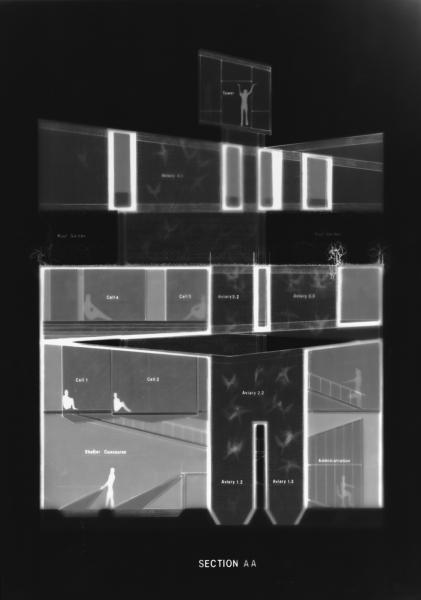
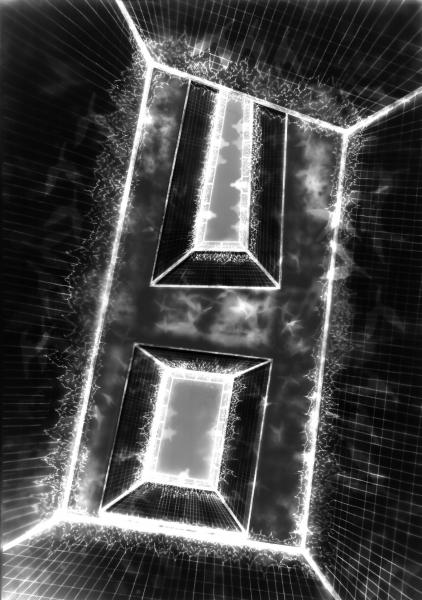
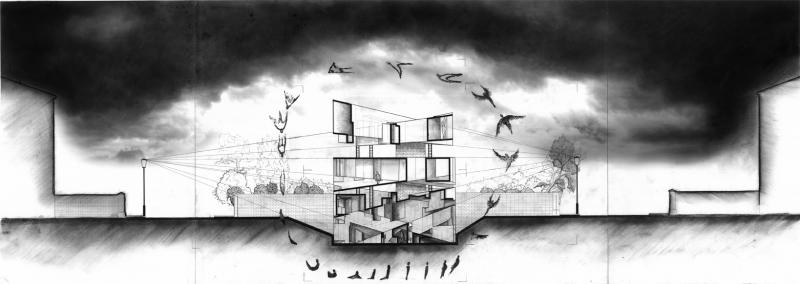
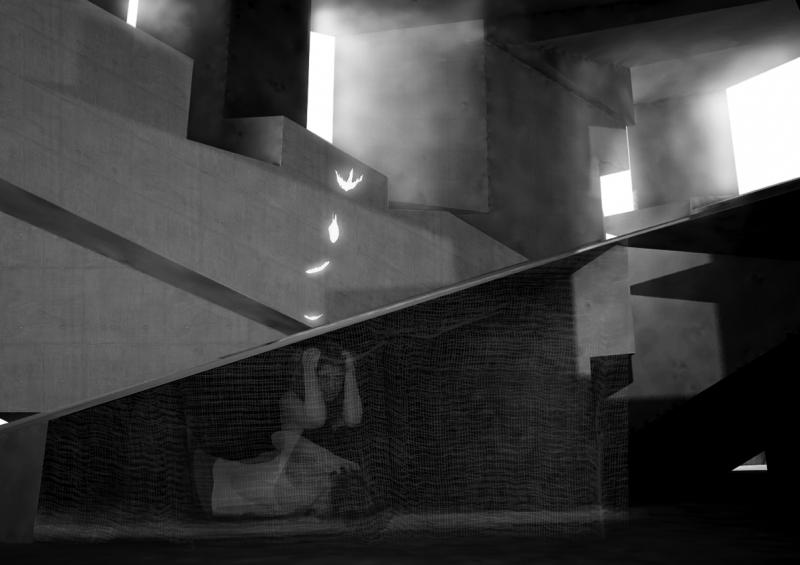
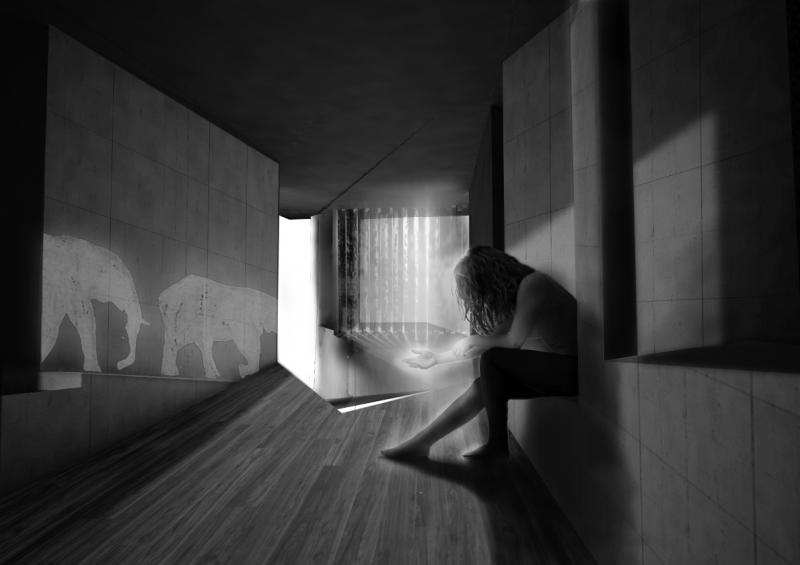
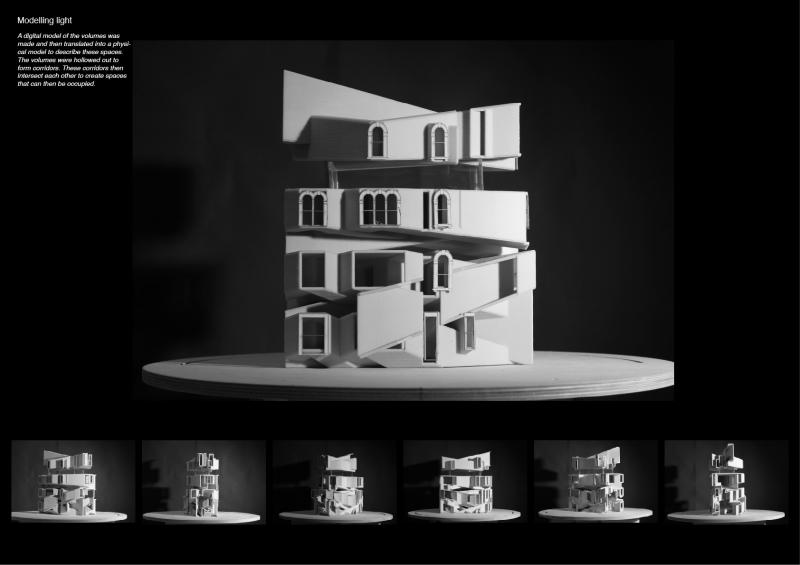
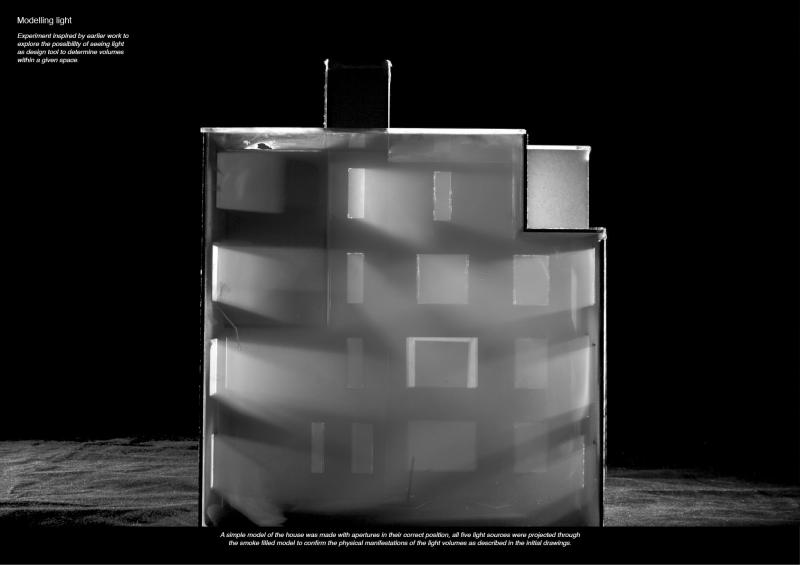
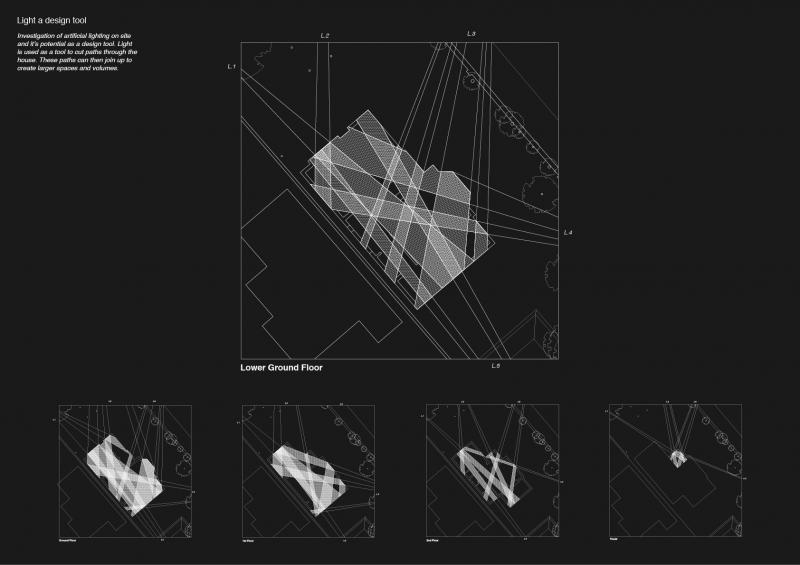
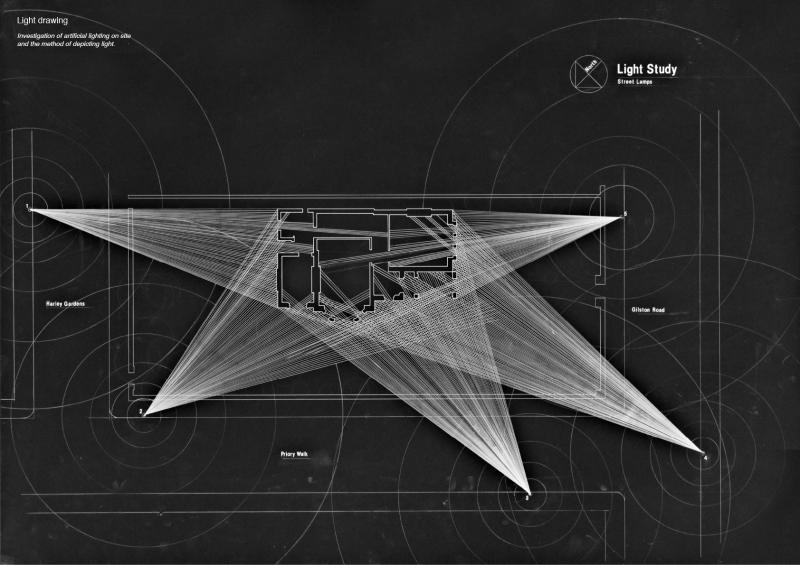
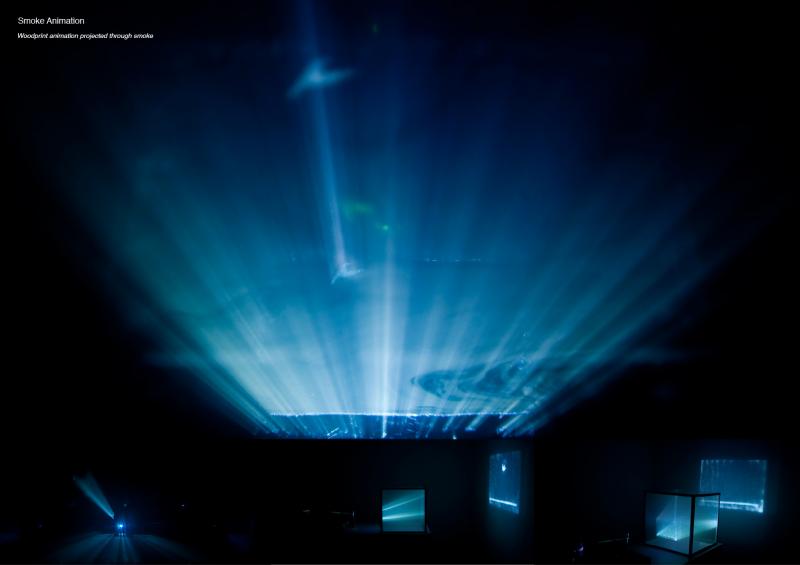
Light Crafted Architecture
Many projects we see today deal with issues concerning the use and availability of light. Of course it is a legitimate concern, due to the current climate we are in. Saving energy through ingenious lighting solutions has been the basis of current architecture and design.
However, we often overlook the other potentials of light. Light can be more than just a source of illumination. Light provides us with vision, but can it also help us to see something which does not yet exist? Can it define and describe spaces that are not there and assist us in creating architecture?
I strongly believe that we can harness the qualities of light and use it as a design tool. If we can abstract the way we observe light, we can use it to shape, form and carve out spaces that provide inspiration for our design.
The British summer is a great example of how much we all value the sunshine. The longer days and warming light can coax a smile from the gumpiest of people and there is a noticeable shift in the population's mood.So perhaps there is potential in light not only as a design tool but also as a tool to bring happiness.
Our site is in the heart of South Kensington a highly affluent area in London. However, affluence does not necessarily bring happiness. It can of course, help one to materialise various items that may induce temporary feelings of happiness.
Drugs are taboo. Admitting that one has a drug problem thus opens a big can of taboo for everyone to enjoy. This is a major concern for the wealthy and the socialites of Kensington. Thus we never hear much about the misuse of drugs within this class of people. However, when we do, it is usually the cause for intense excitement and gossip.
I propose to break down these barriers. To materialise a bold and defiant architecture to celebrate the boldness and the bravery of the people who have so much to lose in admitting to this taboo. It is not to celebrate the use of drugs, rather, to celebrate the swift recovery of such persons once they have admitted.
All through the use of light.
----------------------------------
Win Assakul, Intermediate 2